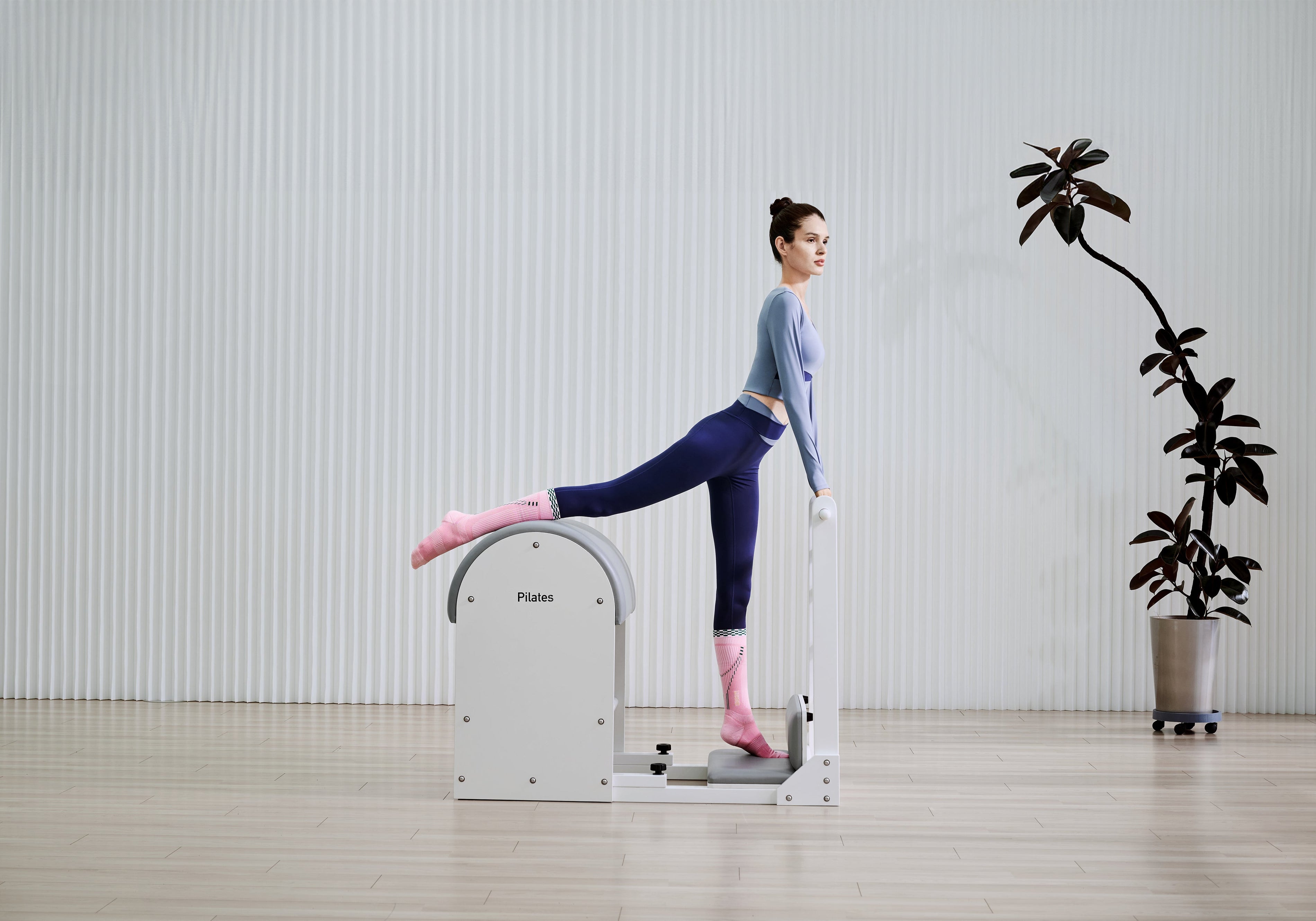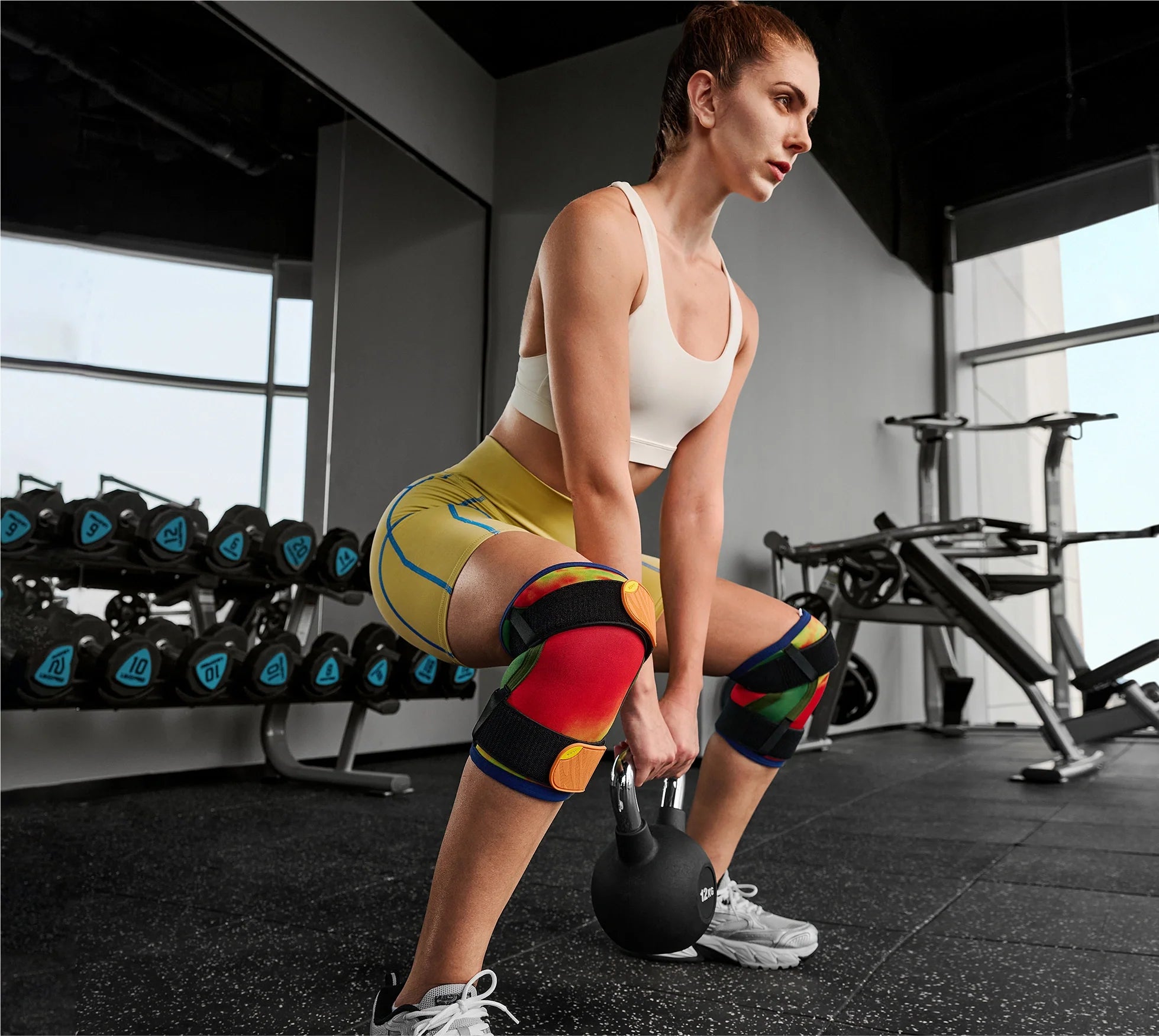Pregnancy is a transformative, beautiful journey—one that brings swelling feet, heavy legs, and fatigue, which may feel like mere inconveniences but can significantly affect comfort and even health. Did you know nearly 85% of pregnant women experience leg swelling, and about 70% develop varicose veins during pregnancy?
Thankfully, compression socks can be a simple yet powerful “invisible helper,” offering support and relief at key moments throughout your pregnancy.
Why Leg Health Matters During Pregnancy
Your body undergoes tremendous changes during pregnancy:
-
Blood volume increases by about 50%
-
Hormonal changes loosen blood vessel walls
-
The growing uterus puts pressure on pelvic veins
These changes can significantly slow blood return from your legs, raising the risk of deep vein thrombosis (DVT)—which is 5 to 10 times more common during pregnancy.
Compression socks can help counter these effects, enhancing circulation and reducing discomfort.
 2 Professional Data Points
2 Professional Data Points
-
Reduced Swelling Measurements
In a randomized clinical trial of pregnant women, those wearing compression stockings had significantly smaller increases in calf and ankle circumferences compared to those who did not:-
Calves increased by just ~0.30 cm versus ~1.95 cm
-
Ankles increased by ~0.15 cm versus ~1.8 cm in the control group
-
-
Varicose Veins Prevention
A clinical trial presented at the European Venous Forum found that pregnant women without existing venous disease who wore compression stockings were up to 3 times less likely to develop varicose veins compared to those who didn’t wear them.
These data highlight how compression socks can deliver measurable protective benefits during pregnancy.
5 Key Moments When Compression Socks Save Your Day
Perfect ✅ I’ll now rewrite your blog fully in English, while keeping it SEO-optimized, engaging, and natural for moms-to-be.
Dear Mama-to-Be: 5 Times Compression Socks Will Save Your Day
Introduction
Pregnancy is a beautiful journey, but it also comes with challenges. Swollen feet, heavy legs, and fatigue may seem like “small inconveniences,” yet they can affect your comfort and health in big ways. Did you know that nearly 85% of pregnant women experience leg swelling and about 70% develop varicose veins during pregnancy?
The good news? A simple solution exists: compression socks. These “invisible helpers” can make your daily life so much easier, supporting both comfort and health throughout your pregnancy.
Why Leg Health Matters During Pregnancy
During pregnancy, your body goes through remarkable changes:
-
Blood volume increases by nearly 50%
-
Hormonal shifts relax blood vessel walls
-
The growing uterus presses on pelvic veins
Together, these changes put enormous pressure on your legs. Beyond discomfort, they can also increase your risk of deep vein thrombosis (DVT), which is 5–10 times more common during pregnancy.
That’s why compression socks aren’t just about comfort—they’re about protecting your health.
5 Key Moments When Compression Socks Will Save Your Day
1. Morning Swelling After Waking Up
Many moms-to-be notice ankle swelling as soon as they get out of bed. This happens because fluid tends to pool in your legs overnight. Wearing compression socks first thing in the morning helps:
-
Promote blood flow
-
Reduce swelling before it gets worse
-
Boost your energy to start the day feeling light
💡 Pro tip: Put on your socks right after waking up for the best results.
2. Running Errands or Walking Around
A quick trip to the grocery store can feel like a marathon when you’re pregnant. As your uterus presses on pelvic veins, circulation slows down, leaving your legs heavy and achy.
Compression socks:
-
Relieve pressure on veins
-
Reduce leg fatigue
-
Keep you comfortable even when you’re on the go
✨ Bonus: Many maternity compression socks are stylish and pair well with leggings, dresses, or everyday outfits.
3. Light Exercise or Pregnancy Walks
Doctors recommend gentle exercise during pregnancy—like walking, prenatal yoga, or a light stretch. But tired calves or sore legs can cut your activity short.
Compression socks provide:
-
Muscle support and stability
-
Reduced vibration and fatigue
-
Less post-exercise soreness
They’re breathable too, so you can stay comfortable even during light activity.
4. Sitting at Your Desk for Hours
Many moms work well into the later stages of pregnancy, but long periods of sitting slow circulation and increase swelling. If you often feel tightness or aching in your legs after work, compression socks can help:
-
Prevent blood from pooling in the lower legs
-
Reduce pressure build-up
-
Keep your legs light and comfortable all day
💡 Tip: Try standing or walking for 2–3 minutes every 45 minutes, along with wearing compression socks for maximum relief.
5. Long Travel Days (Flights or Road Trips)
Planning a babymoon or visiting family? Long hours sitting in a car or on a plane can increase the risk of blood clots (DVT). In fact, long-haul travel is one of the biggest triggers for clotting during pregnancy.
Wearing compression socks while traveling helps:
-
Boost circulation
-
Prevent swelling in your legs and feet
-
Make your trip far more comfortable
💡 Don’t forget to stretch and move your ankles every 1–2 hours during long journeys.
How to Choose and Use Compression Socks
-
Wear them early—as soon as swelling starts in the day.
-
Compression levels:
-
15–20 mmHg for general use and mild swelling
-
20–30 mmHg for more significant issues (consult your healthcare provider)
(Verywell Family, UCI Health)
-
-
Ensure proper fit—correct sizing maximizes effectiveness.
-
Daytime use only—typically not advised for sleeping.
(Verywell Family, Health)
Frequently Asked Questions (FAQs)
Q1: When should I start wearing compression socks during pregnancy?
You can begin as early as the second trimester, especially if you experience leg swelling, heaviness, or varicose veins. Most women start between weeks 22–27.
(Verywell Family)
Q2: Are compression socks safe for me and my baby?
Yes, compression socks are generally safe and non-invasive. Choose the appropriate pressure level and consult your healthcare provider if you have significant medical concerns.
Q3: How long and how often should I wear compression socks?
Wear them daily, ideally from first thing in the morning until bedtime. Consistent use yields the best outcomes.
(Periodikos, Herald Open Access)
Q4: What compression level should I choose?
-
15–20 mmHg: for mild swelling and general comfort
-
20–30 mmHg: for moderate swelling or varicose veins—consult your doctor
(Verywell Family, UCI Health)
Q5: Can I buy them over-the-counter, or do I need a prescription?
Most mild compression socks (15–20 mmHg) are available over-the-counter. Higher-pressure or custom-fit options may require advice or prescription from a healthcare provider.
Conclusion
Pregnancy is a time of transformation—and with that comes new challenges. Compression socks may look simple, but they’re powerful allies, offering comfort and health support from morning to travel time. Choosing the right pair is more than a comfort boost—it shows you’re caring for yourself and your baby every step of the way.
Would you like me to add SEO keywords, FAQs in schema markup, or suggestions for pairing this with digital content strategy?





